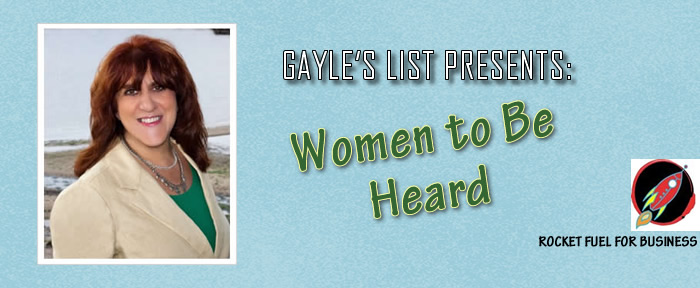by Eli Davidson
 A woman in her twenties pulled me aside after I finished a speech for a corporate client. Lizelle was newly married and was nervous that with her demanding job she wouldn’t have the energy to have a child. Wait a minute here. She’s 26 years old and she is so tired she doesn’t know if she can have a baby? Startled by her own misplaced values, she knew that she needed to examine her choices.
A woman in her twenties pulled me aside after I finished a speech for a corporate client. Lizelle was newly married and was nervous that with her demanding job she wouldn’t have the energy to have a child. Wait a minute here. She’s 26 years old and she is so tired she doesn’t know if she can have a baby? Startled by her own misplaced values, she knew that she needed to examine her choices.Is your life a blur of activity? Are you on auto pilot saying “yes” to anyone that asks for a favor? A schedule that has you running from sun up to sundown puts you in a pressure cooker. You are zapping your zest if you forget to build in some you-time everyday. Remember, you are the Mayor of You-ville as I tell my coaching clients. Within your skin you are the only person who chooses what goes on inside you.
I am a cheerleader for contribution. There is nothing more fulfilling than sharing the connection of loving between You-ville, Me-ville and Us-ville. But, you need to take care of yourself before you can help take care of others. Healthy intimacy is a mix of giving and receiving. Remember, there no brownie points for neglecting your needs. “No” is not a cuss word. Even to the people you cherish. Before you bake brownies for someone else, have you fixed dinner for yourself? And hey, while you’re baking those brownies, make sure you put some aside for yourself.
Fab Not Flab
If health won’t make you take a bit of time for yourself, maybe vanity will. Stress makes you fat. Dr. Pamela Peeke says “Your body reads stress as time to be on alert, so it leaps into action. Your hypothalamus alerts your pituitary gland to send an ACTH molecule to the adrenal glands that releases cortisol, and other damaging stress-driven hormones. Your adrenal glands produce epinephrine, which increases your blood pressure and blood rushes to your arms and legs. These small triangular glands sitting above your kidneys are the ones in charge of stress. They are so important that you have two . . . just in case one backfires. When you experience a stressor, your adrenal glands pump your body with adrenaline, which increases your blood pressure, increases water retention, sends oxygen and glucose to your brain, heart, and arms and legs, and cause a host of other changes known as the fight-or-flight response.
Years of chronic activation of your fight-or-flight response wears that great body of yours down. And if your body thinks your internal energy refrigerator is empty, it is going to want some food to fill it up. Pronto. Dr. Peeke says that trying to replenish your adrenal reserves triggers mood swings and overeating. If you aren’t including some comfort time, overeating may become your quick fix.
What is the antidote?
1. Give yourself a few more minutes of slumber. Studies are showing that less than 8 hours of sleep contributes to weight gain and a slew of other problems.
2. Take a few little breaks during the day. Set a timer on your computer or phone that reminds you to take a break. (And then take that break.)
3. No…is not a cuss word. Practice saying no 3 times a day.
4. Agree to call a friend before you agree to take on any other projects.
5. By giving yourself healthy boundaries you lessen your need for emotional eating.
Be fabulous,
Eli





